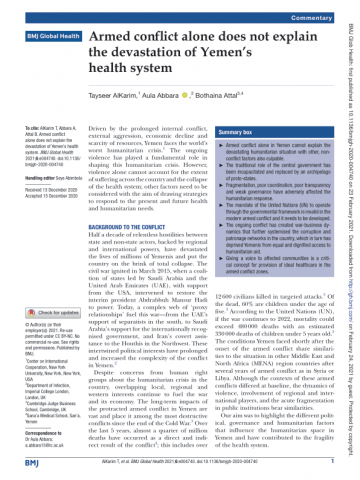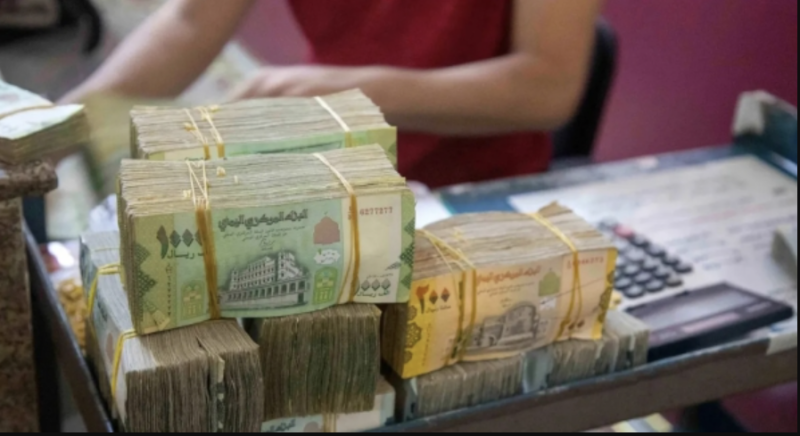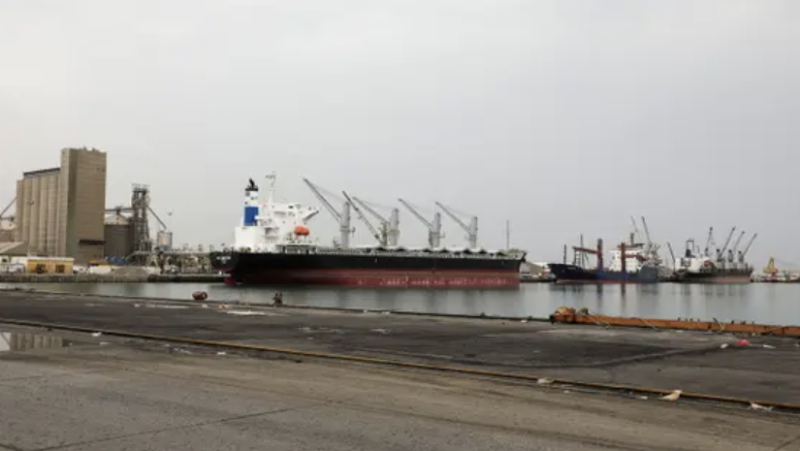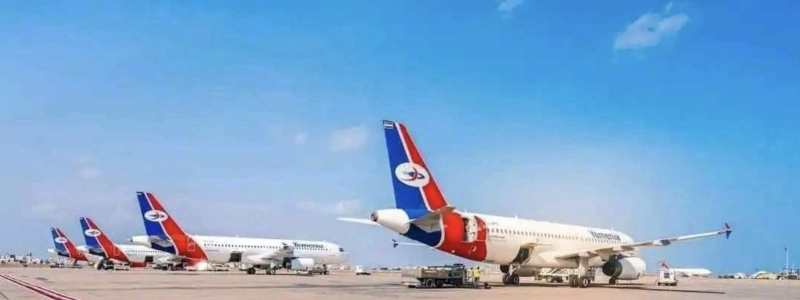IOM Yemen: Situation Report October 2020


SITUATION OVERVIEW
COVID-19 has continued to severely impact the Yemeni economy, resulting in the further depreciation of the Yemeni rial, particularly in the south. The deteriorating currency is compounded by the ongoing fuel crisis, which has resulted in the rising cost of locally produced goods, increased irrigation costs—by up to 80 per cent—and higher transportation costs. Food insecurity indicators are also worsening in southern governorates, with nearly 40 per cent of the population in assessed governorates projected to face acute malnutrition (IPC4) in the coming months.
With almost a year passed since the first wave of escalating conflict along the outskirts of Marib, Al Jawf and Sana’a governorates, hostilities continue to intensify, with new frontlines reportedly opening. Civilians are bearing the brunt of these hostilities, seeing their homes and community infrastructure damaged as they are forced to flee to safer areas. IOM has recorded 158,256 new displacements since the start of 2020, most notably towards Marib city and surrounding areas, and if frontlines advance further, more secondary and tertiary displacements are anticipated as people who previously fled fighting are forced further east or south. In 2020, Marib city district alone has received an estimated 71,456 new IDPs (70% of people displaced into Marib this year) and as Marib city already hosted the largest displacement site (37,498 IDP residents) in Yemen, community and public resources are being further overstretched.
Against this landscape, increased numbers of migrants are becoming stranded in governorates like Aden and Marib— estimated at 5,000 and 4,000 individuals respectively—due to COVID-19 related movement restrictions. In the north, IOM continues to receive reports of indiscriminate arrests, detention and forced transfers of migrants to southern governorates, and continues to advocate against these practices. However, with limited options to return home or continue to the Kingdom of Saudi Arabia (KSA), some migrants are making the perilous return journey through smuggler networks across the Gulf of Aden to Djibouti, with the hope of making it home. On 03 October, eight migrants died at sea while making this journey while another 12 people died on 15 October. IOM’s priority continues to be providing relief assistance to stranded migrants, and the Organization is making progress at the regional level for the resumption of voluntary humanitarian returns (VHR) to Ethiopia that will facilitate the safe, dignified and voluntary return of Ethiopian migrants.
Access constraints continue to be faced by the humanitarian community across Yemen but remain particularly restrictive in northern governorates. Over 19 million people are currently estimated to be in need of humanitarian assistance in hard-to-reach areas, while some 7.6 million people are affected by operational access restrictions. After nearly a month of closure, three weekly flights to Sana’a airport resumed throughout the month of October, allowing humanitarian staff and supplies into the country, including much needed COVID-19 and health supplies. IOM’s interventions in northern governorates continue to be severely impacted and while the operational space in the south is notably more open, insecurity along frontlines are increasingly impacting service delivery.

Paris — The French humanitarian organization Acted announced that it has delivered cash assistance to nearly 89,000 people affected by displa…

Sana’a — Fuel and food imports into ports under the control of Yemen’s Houthi movement on the Red Sea have continued to fall for…

ADEN — Yemen Airways, the country’s national carrier, announced it will resume flights between Aden and Abu Dhabi beginning in January…